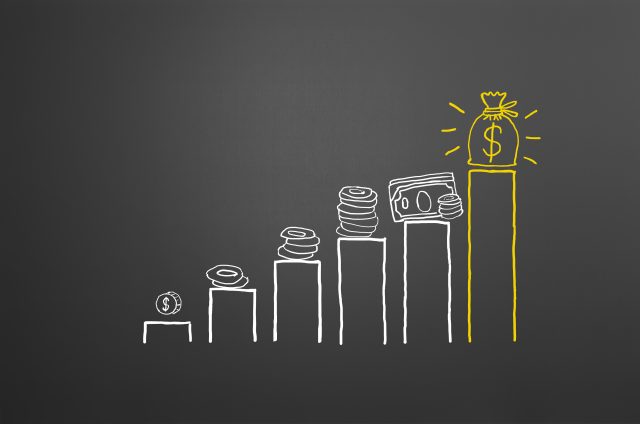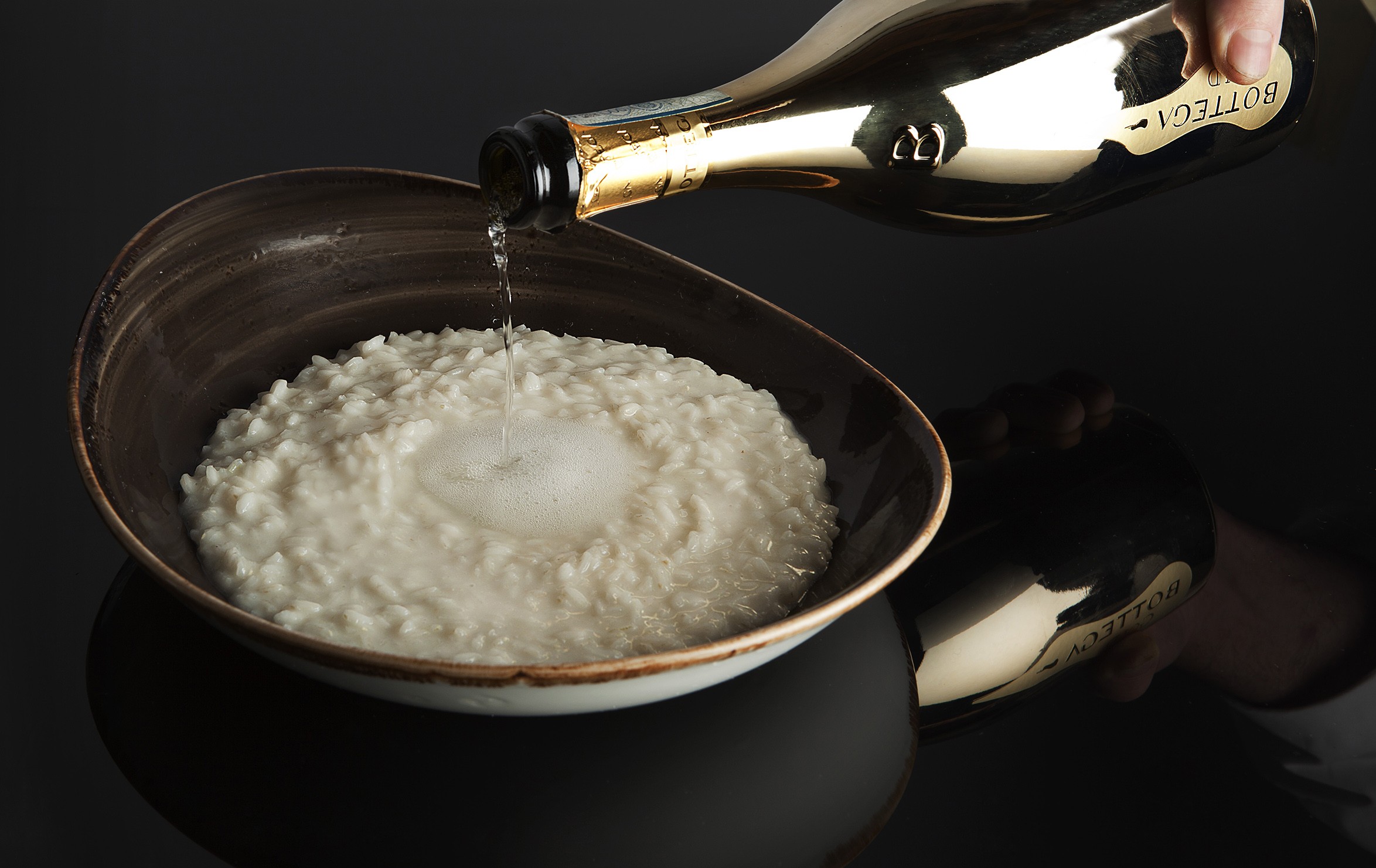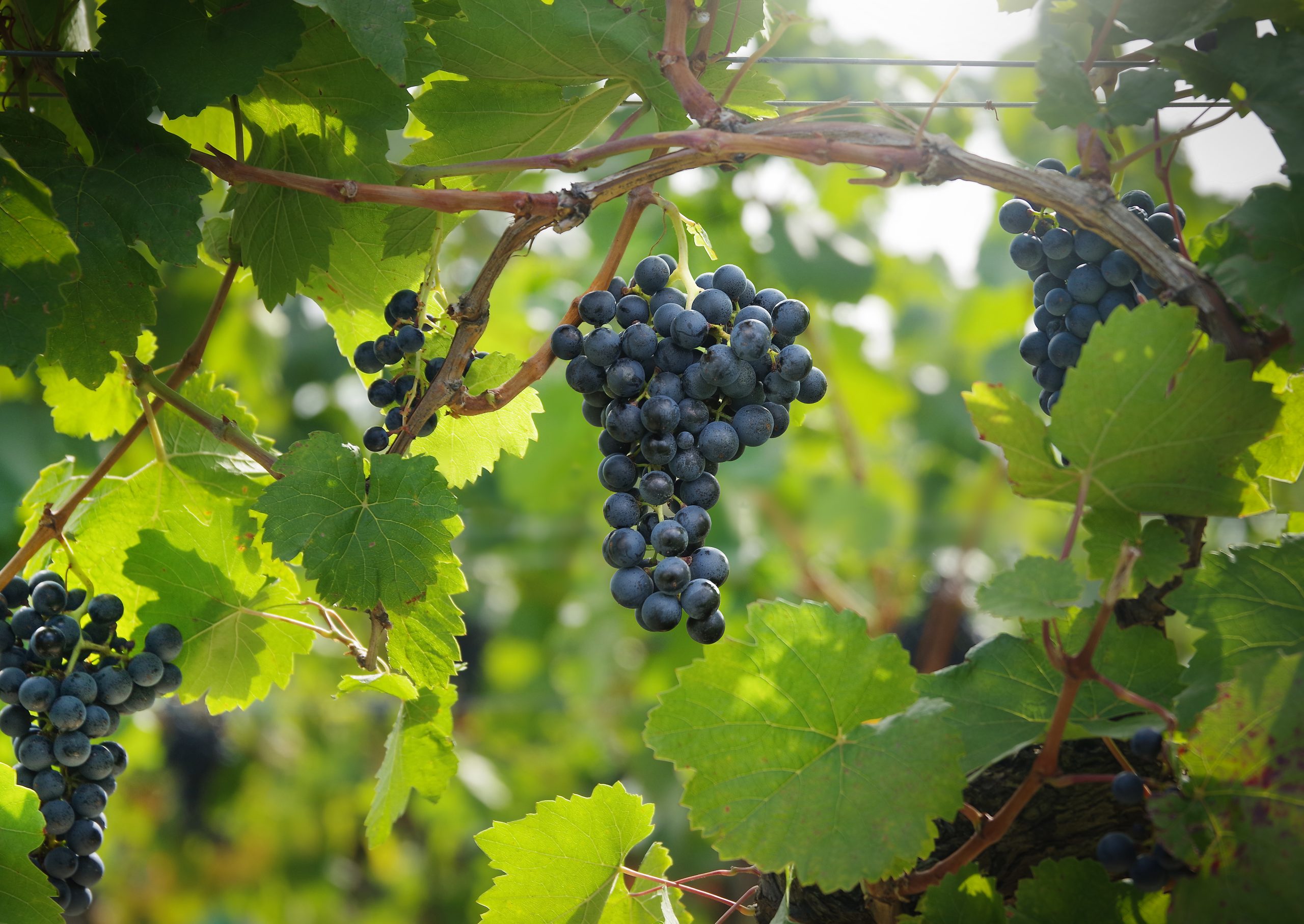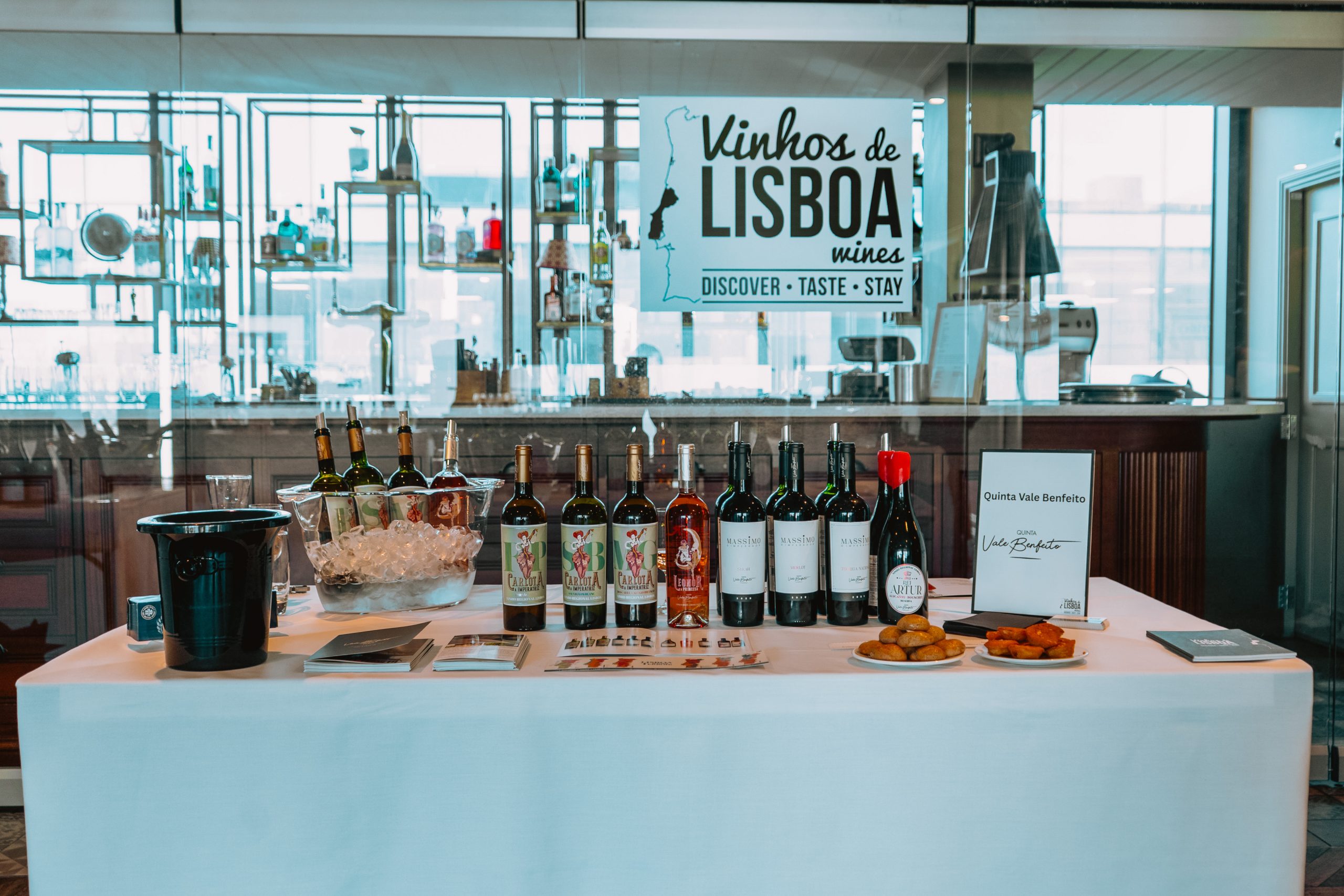How do the numbers stack up for the big three?
Has the world returned to ‘normal’? Quite probably given the evidence of last week’s results from Diageo, Rémy Cointreau and LVMH.

During the coronavirus pandemic investors seized on the global drinks giants as reliable sources of profits and dividends, based on the correct premise that consumers would continue to trade up and treat themselves during the upheaval.
The on-trade shut-downs and the travel bans switched the emphasis to the boom in home consumption, which benefited the distillers. Nowhere was that more evident than in North America.
Now, with the world (apart from China) reopen, airlines say their timetables are back to almost 80% of the pre-Covid level and hospitality venues have reopened.
Growth patterns are becoming less stratospheric and investors are looking away from the solid, but now comparatively unspectacular, drinks groups in favour of other opportunities.
So shares in Diageo, LVMH and Rémy Cointreau all wobbled when they announced their latest results, despite all producing numbers that before spring 2020 would have been greeted with applause.
Diageo had net sales of £9.4 billion during the six months to 31 December 2022, with growth across all geographic regions. That was an increase of 18% year-on-year and was ahead of analysts’ forecasts, reflecting both strong organic sales growth as well as benefits from a strong US dollar.
Chief executive Sir Ivan Menezes proudly announced that Diageo was 36% “bigger” (in net sales) than in 2019 and that he was already a quarter of the way to achieving the goal of increasing the group’s slice of the total beverage alcohol market from 4% 18 months ago to 6% by 2030.
Operating profit grew 15.2% to £3.2bn, though the operating margin fell by 92 basis points. However, Diageo’s ability to increase prices and carry out supply productivity savings offset the impact of cost inflation on its gross margin.
Diageo has increased its dividend every year since it was formed 25 years ago and maintained its record as a dividend aristocrat by proposing a further 5% rise in the interim pay-out.
Menezes predicted that in its full year to the end of June 2023 Diageo would hit its medium-term target of organic net sales growth of between 5% and 7%, and organic operating profits growth between 6% and 9%.
But despite this, the shares were the biggest loser on the day among the FTSE100 stocks, taking their total decline over the past 12 months to about 5%.
The reason was simple. Analysts disliked the fact that the firm’s North American growth rate slowed, with sales rising just 3% on an organic basis. This missed expectations of a 6% increase in what is Diageo’s most important market, accounting for well over a third of its sales and profits.
Menezes said that the “US consumer is robust” and that premiumisation remained strong. Following the pandemic, sales were roughly where he expected them to be. He expects an annual growth rate of a respectable 5%, based on further premiumisation and growing market share.
Globally, premium-plus brands contributed 57% of net sales and drove 65% of organic net sales growth in the second half of of 2022.
Partner Content
LVMH’s sales rose 9% in the fourth quarter as shoppers in Europe and the United States splurged over the crucial holiday season, helping partly to offset Covid disruptions in China.
That marked a deceleration from the 20% growth recorded in the first nine months of the year.
Europe’s biggest company said that its Moët Hennessy arm achieved revenue growth of 19% in 2022. Profit from recurring operations was up 16%.
Champagne volumes gained 6%, driven by sustained demand putting growing pressure on supplies. Hennessy Cognac benefited from its “value creation strategy” and the policy of price increases offset the effects of the health situation in China, which “was sharply down in the fourth quarter,” according to finance chief, Jean-Jacques Guiony.
Significantly Moët Hennessy’s growth rate slowed markedly in the in the final quarter of last year. Organic sales were just 4% above the 2021 level compared with 11% for the year as a whole.
For its part Rémy Cointreau expects US demand for Cognac to weaken well into 2023 after it revealed lower third-quarter sales as previously positive effects from the coronavirus pandemic fizzled out.
Sales of the Rémy Martin Cognac division fell by 11% between October and the turn of the year against a tough 2021 comparison as high US consumption seen during lockdowns eased, leaving retailers with fuller inventories.
The company expects US weakness to persist in the first half of the 2023/24 financial year, affected by “extremely high” comparisons, but a rebound should follow in the second half, finance chief Luca Marotta said.
To counter the slowdown, he said Rémy planned to focus on the “very dynamic” Chinese market that is bouncing back after the country lifted its zero-covid policy.
“The magnitude of (China’s) reopening … will be massive,” Marotta said.
If that proves correct, the leverage effect on LVMH’s fashion, luggage, watches and perfumes will be even more marked
Rémy Cointreau’s third-quarter sales in China, which accounts for 25% of Remy’s profits, were driven by a steep rise in shipments ahead of the Lunar New Year holiday.
The group’s revenue fell 6% organically to €437.6 million in the third quarter, slightly ahead of analysts’ €433.3 million forecast.
It benefited from strong sales of Cointreau and Bruichladdich whisky, Marotta said. The group still hopes to close the year to the end of March with strong organic sales growth.
Related news
For the eleventh day of Christmas...




